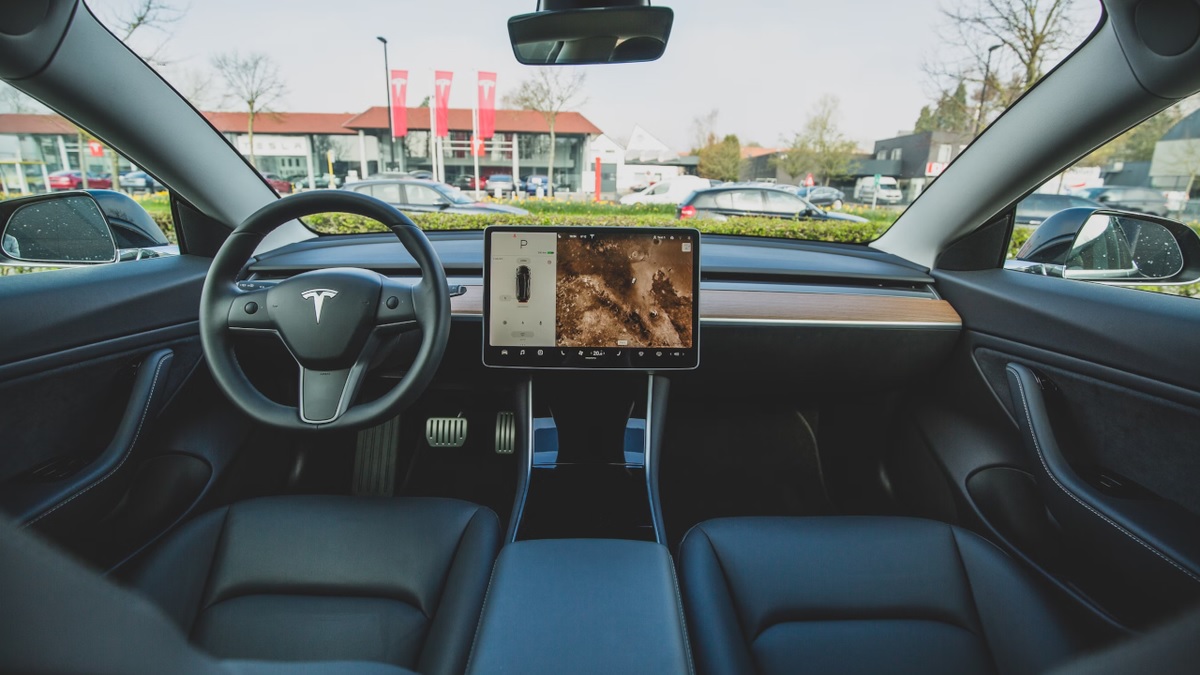From the Gigafactory to the open road
Fresh from a visit to Tesla’s Gigafactory near Berlin, a small team of reporters pointed two brand-new EVs toward Madrid. Their convoy featured a Model Y Long Range RWD and a Model 3 Highland Long Range, both primed for a 2,500 km sprint.
Stops came every 200–300 km, neatly timed to coffee breaks and quick restroom runs. More than once, the cars finished charging before the espresso cups did.
Image: Tesla Gigafactory Berlin (reused)
Tesla’s onboard planner steered the route and prioritized Superchargers, while still surfacing third-party options. To benchmark costs, the team compared EU-average fuel prices and simulated the same trip in a gasoline car rated at 7 l/100 km and a diesel at 5.5 l/100 km.
What the numbers say
When the odometer clicked past 2,500 km, the surprise was stark. The diesel would have cost €53.62 less than the rapid Tesla charging bill, and €136.61 less than the gasoline car.
On a strict time/cost ratio, diesel kept the crown. It delivered the quickest total journey with a lower outlay than fast-charged electricity on this route.
“On pure time-to-destination, diesel still rules the long-haul freeway,” one reporter admitted at the final stop.
Image: Tesla Supercharger stop on the highway (reused)
Those results, though, hinge on assumptions. The team leaned heavily on premium-speed Superchargers—convenient, fast, but not always the cheapest electrons. Overnight AC charging, where rates can plummet, barely featured.
Variables that move the needle
- Only high-power Superchargers were used; slower public or hotel chargers often cost less.
- Nighttime rates and home-style AC charging could tilt economics toward EVs.
- Long-term maintenance typically favors EVs, offsetting some fuel-price advantages.
- Driving speed, temperature, elevation, and HVAC use can swing EV efficiency by double digits.
- Fuel and electricity prices vary widely by country, city, and even time of day.
Speed versus strategy
The diesel’s victory wasn’t just about price per liter; it was about minimizing dwell time. High-speed charging is impressive, but it still adds minutes that liquid fuels rarely do.
EVs can claw back ground with smarter planning. Arriving at chargers with a low state of charge, preconditioning the battery, and charging only up to the efficient “sweet spot” can cut time and cost.
On the open road, every minute counts. On a well-planned EV itinerary, every kilowatt-hour does too.
The human factor
Drivers are not spreadsheets. Some value the calm of near-silent cruising and the instant torque that EVs deliver. Others prize the reassurance of ubiquitous diesel pumps and predictable range.
If your priority is speed between far-flung cities with minimal stops, the diesel still holds a pragmatic edge. If you can anchor your trip to destinations with affordable AC charging, the calculus changes fast.
Image: Model Y and Model 3 en route, charging at dusk (reused)
The cost story isn’t finished
Electricity pricing is evolving. More hubs now offer dynamic rates that reward off-peak charging. Hotels increasingly bundle charging into room rates, quietly slashing per-kWh costs.
Meanwhile, diesel faces tightening emissions rules and higher taxes in many markets. Total cost of ownership continues to drift in the EVs’ favor once you account for maintenance, brakes, and fewer moving parts.
Range, reality, and readiness
Range is less of a barrier than it once was, especially with modern 250 kW sites along major corridors. The gap is in refueling rhythm: five minutes at a pump versus 15–25 minutes at a charger.
Yet most EV drivers learn a cadence that fits their habits—charge while you eat, plug in at night, skip the queues at morning peak. The more your lifestyle syncs with charging opportunities, the better the numbers look.
A practical takeaway
If you’re chasing the fastest Berlin–Madrid time with minimal setup, diesel remains the safe bet. If you’re willing to plan, target off-peak pricing, and lean on destination charging, an EV can get close—and sometimes win on cost.
And the driving experience? Many will find the EV’s seamless acceleration and quiet cabin worth a few extra minutes.
Choosing your road
In the end, there’s no universal champion—only the right tool for a specific journey. For sprint-like, cross-border hauls, diesel still enjoys a head start. For daily life and well-planned trips, EVs deliver compelling efficiency and lower lifetime hassle.
The market now offers both paths. Pick the one that best serves your time budget, your wallet, and your conscience—and don’t be surprised if the scales shift again next year.
